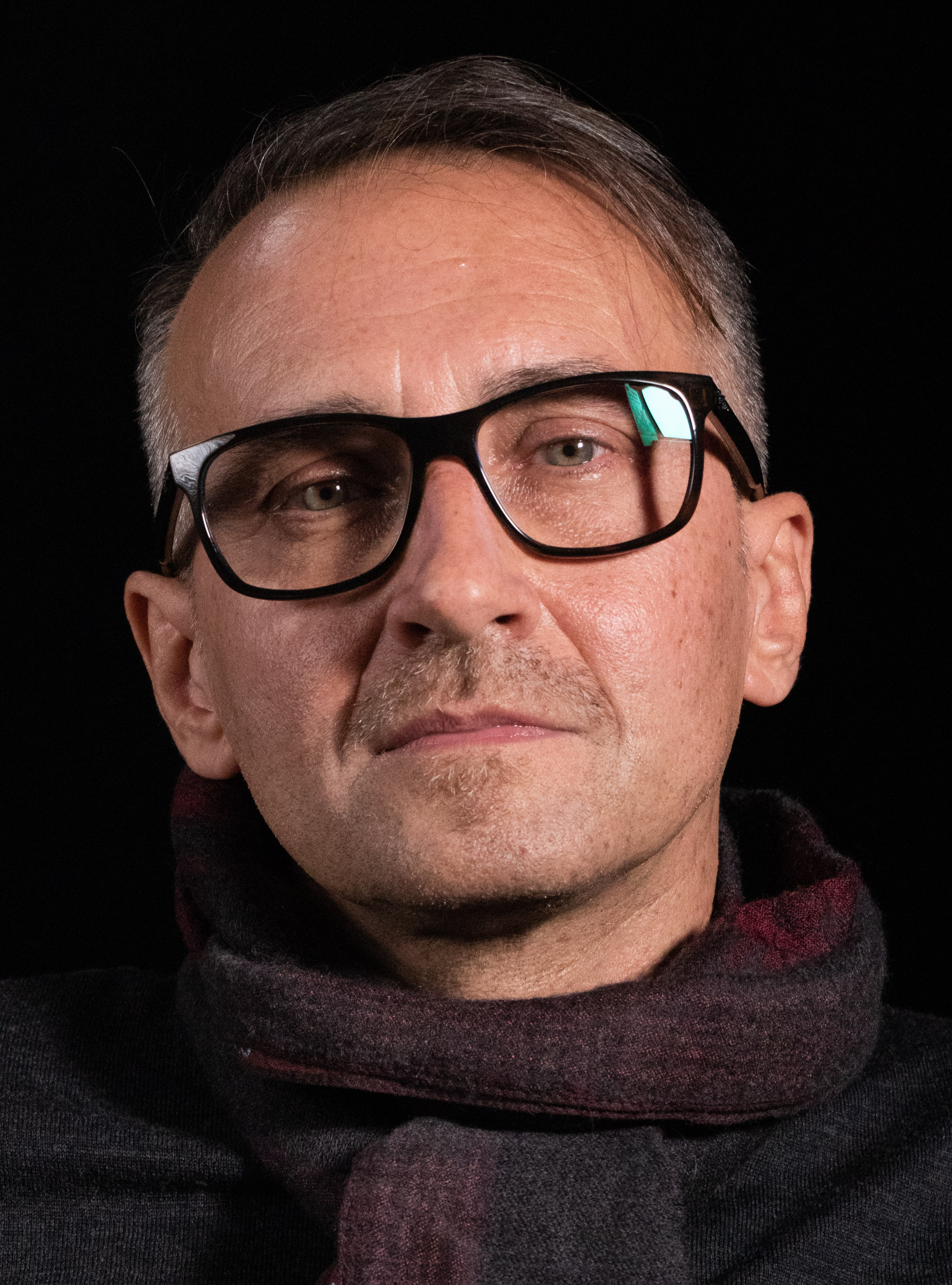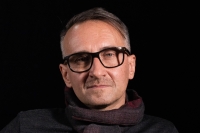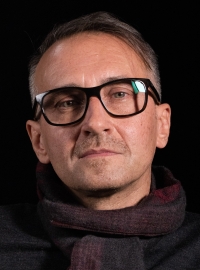I knew from my childhood that I would not live here, that I wanted to do better

Stáhnout obrázek
Pavel Havlíček was born on October 1, 1961 in Prague. His father, Václav Havlíček, came from a well placed First Republic family, and his professional growth was therefore limited in the 1950s and he worked as a driver. Anna‘s mother was employed as a hairdresser. During the occupation of the Warsaw Pact troops in August 1968, Pavel was in danger of death when a Soviet soldier shot at him and his grandmother. He attended primary school in Vodičkova Street and was not admitted to a secondary art school twice. He was not interested in studying another field. Therefore, he worked as a cultural officer and earned a living by selling his paintings of Prague on Charles Bridge illegally. He emigrated in 1981 when he got across Yugoslavia by plane together with students of a West German student tour to Munich. He received asylum in Germany. He lived in Munich, Cologne and in 1986 in Amsterdam. He then received a visa to the United States. His goal was New York and to establish himself as a freelance painter. For example, Pavel Opočenský, Albert Oesterreicher and Petr Sís helped him in the beginning. He made a living by selling his pictures on the street and as an illustrator in renowned dailies and magazines, he took pictures in his free time. They published his children‘s book George under the pseudonym Paul Borovsky. From the 1990s, he gave up trying to break through as a freelance painter and began making a living by photographing portfolios for modeling agencies. In the mid-1990s, he began receiving orders to create cover pages for fashion magazines, which he photographed about 170 since that. He collaborated with many world celebrities. In November 1989, he was visiting West Berlin just as the Berlin Wall was opening to the West. He first came to his homeland in 1991 and definitely returned in 2016.

